Notes
Mix of Rococo and Neoclassical style. Glass inlay broken in 3 pieces. Appears to be gold foil underneath face. Missing other face- could have been another seal or metal backing.
Object Type
Has it Been Conserved?
Yes
Where Was It Found?
Project Site: House for Families [more details]
Material
Manufacturing Technology
Form
Completeness
Decorative Technology
Decorative Notes
Cast rococo frame with rouletting and acanthus leaf. Molded glass inlay with profile of classical figure wearing laurel wreath and garment tied around neck.
Date
Country of Origin
Dimensions
21.43mm x 8.3mm x 39.67mm (W x H x L)
Illustration shows object in comparison to the size of a quarter
Weight
6.7 gram(s)
Object Number
1835906
DAACS Number
1835906
Project: House for Families
The structure identified as the “House for Families” on the 1787 Vaughan plan likely housed the majority of the enslaved population living at the Mansion House Farm for much of the second half of the eighteenth century. The building was in existence from circa 1760 until it was demolished in late 1792 or early 1793. The archaeological evidence for the structure consisted of a brick-lined storage cellar (44FX762/40-47) measuring roughly six feet by six feet. Historically the cellar served as a handy trash receptacle once it ceased to be used for its original storage function, and through extensive excavation has yielded an extremely rich assemblage of household refuse. The analysis of these remains offers the opportunity to study important aspects of the daily lives of Mount Vernon's enslaved community.
See All Objects From this Dig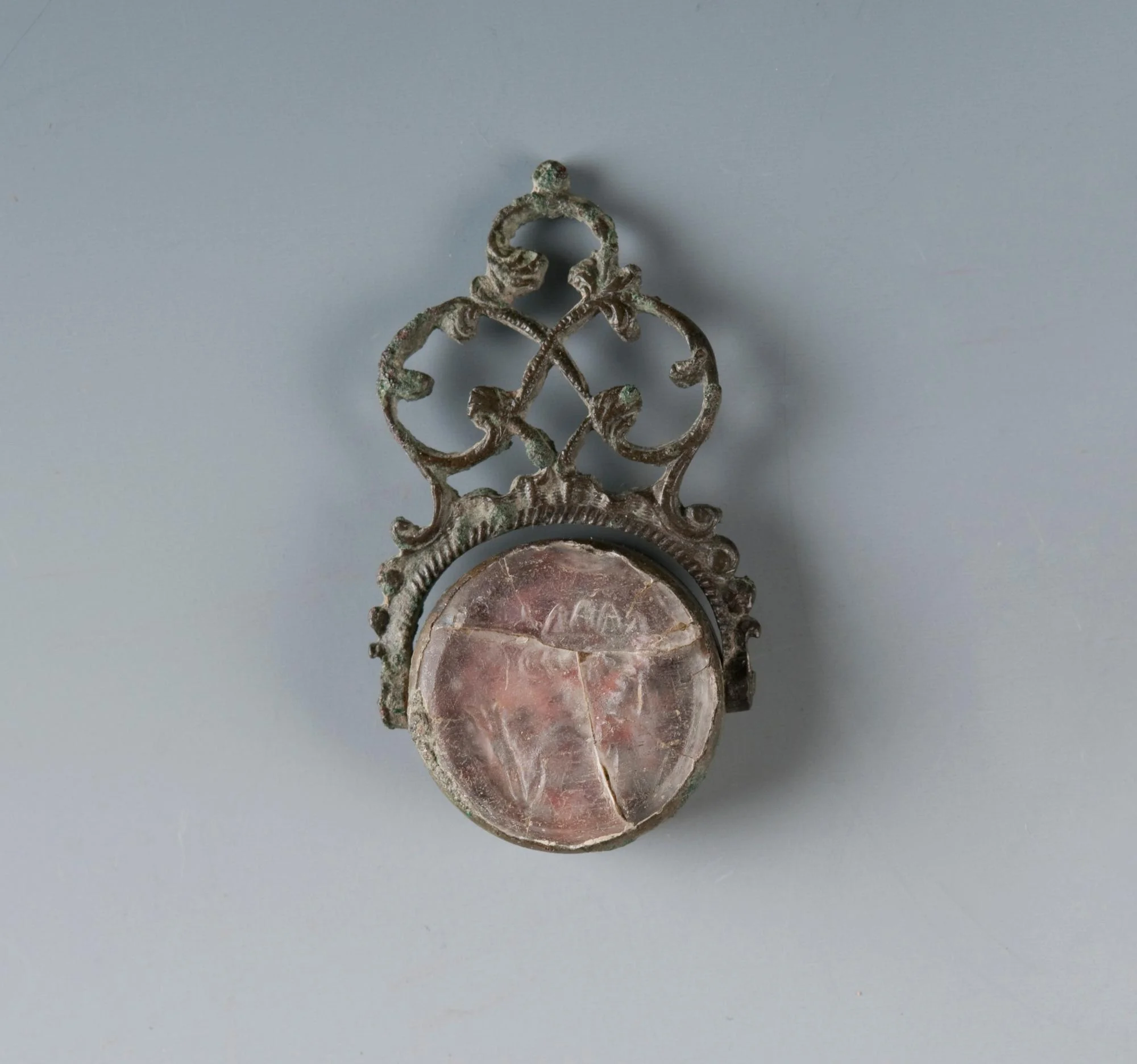
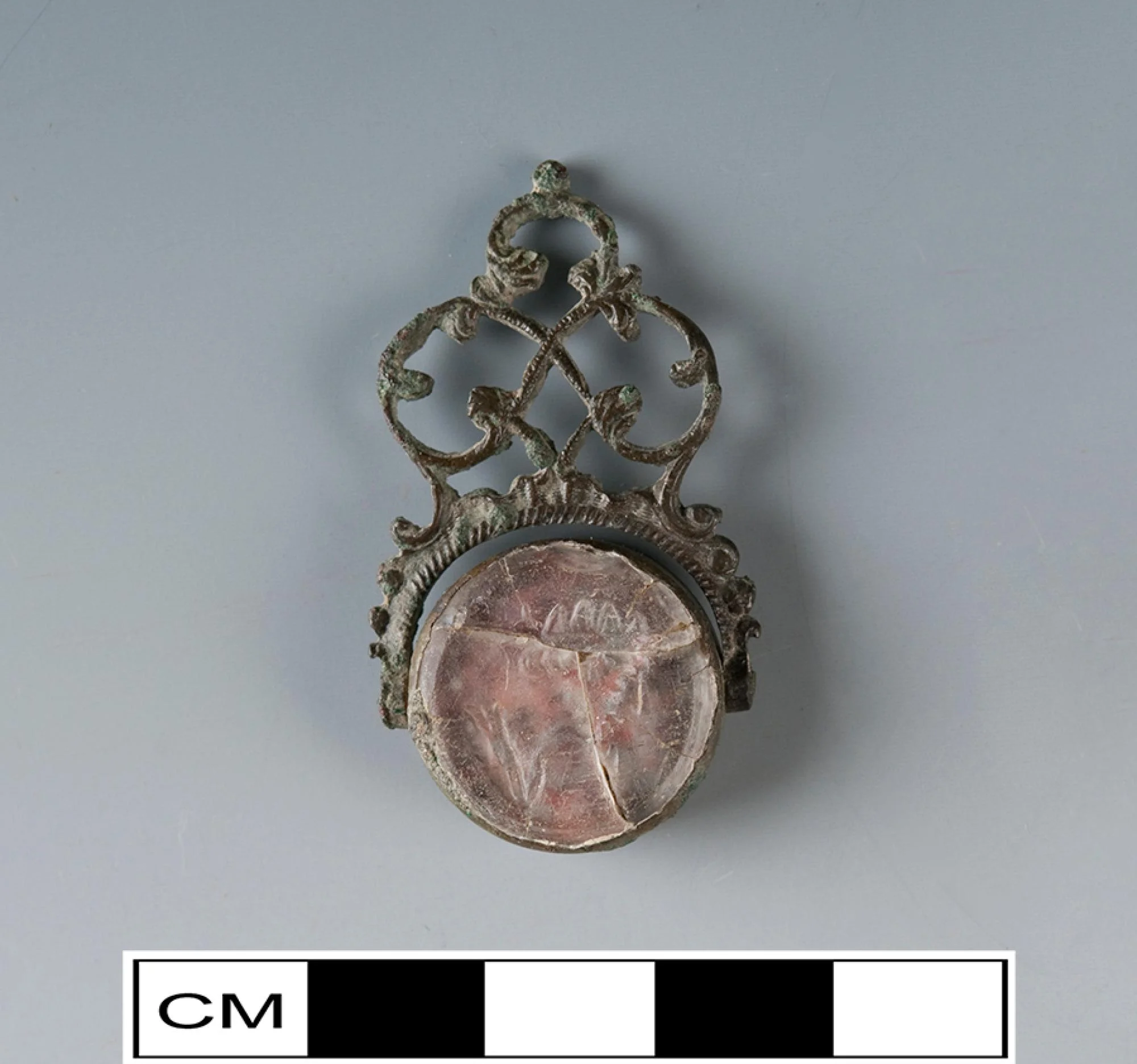
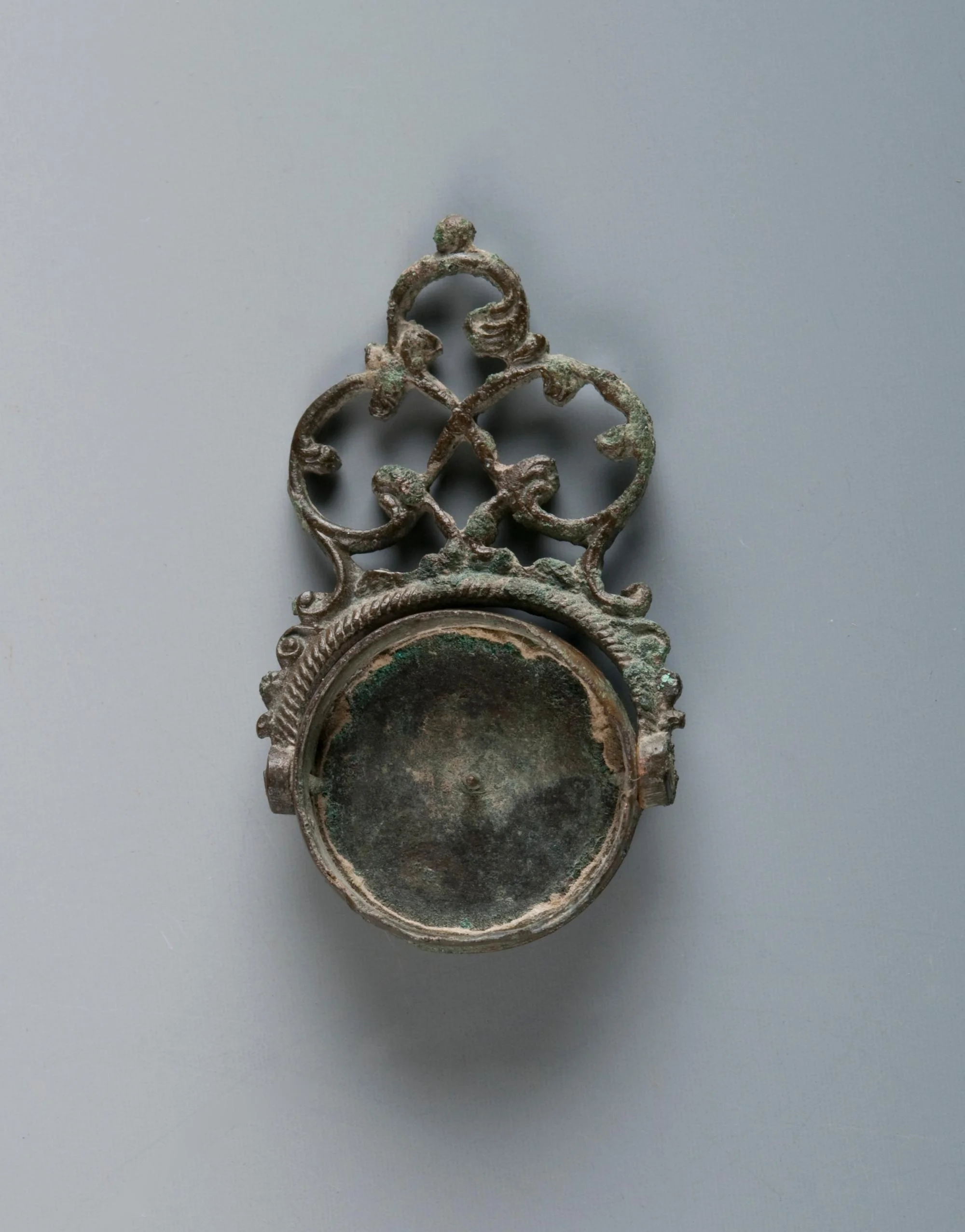
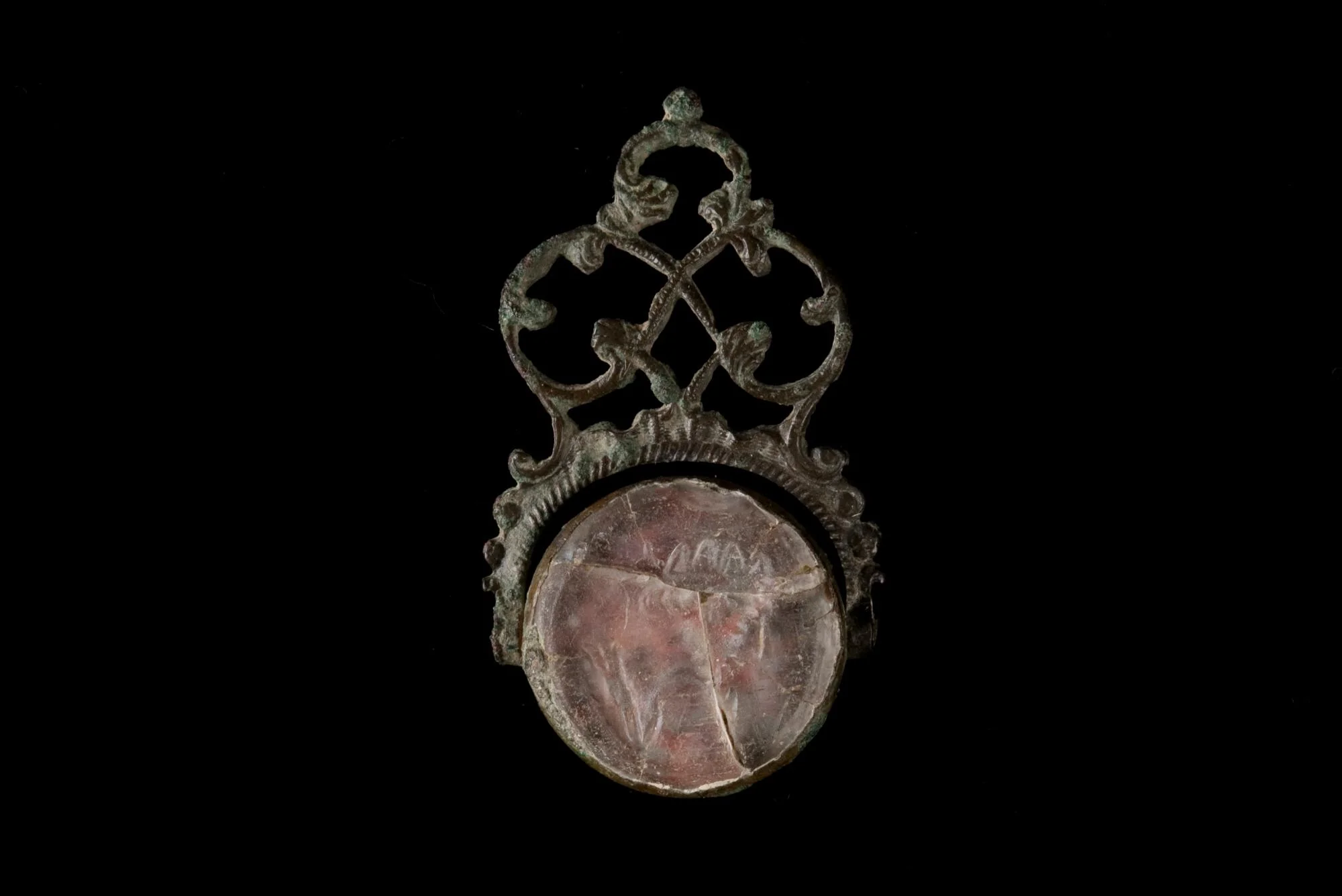
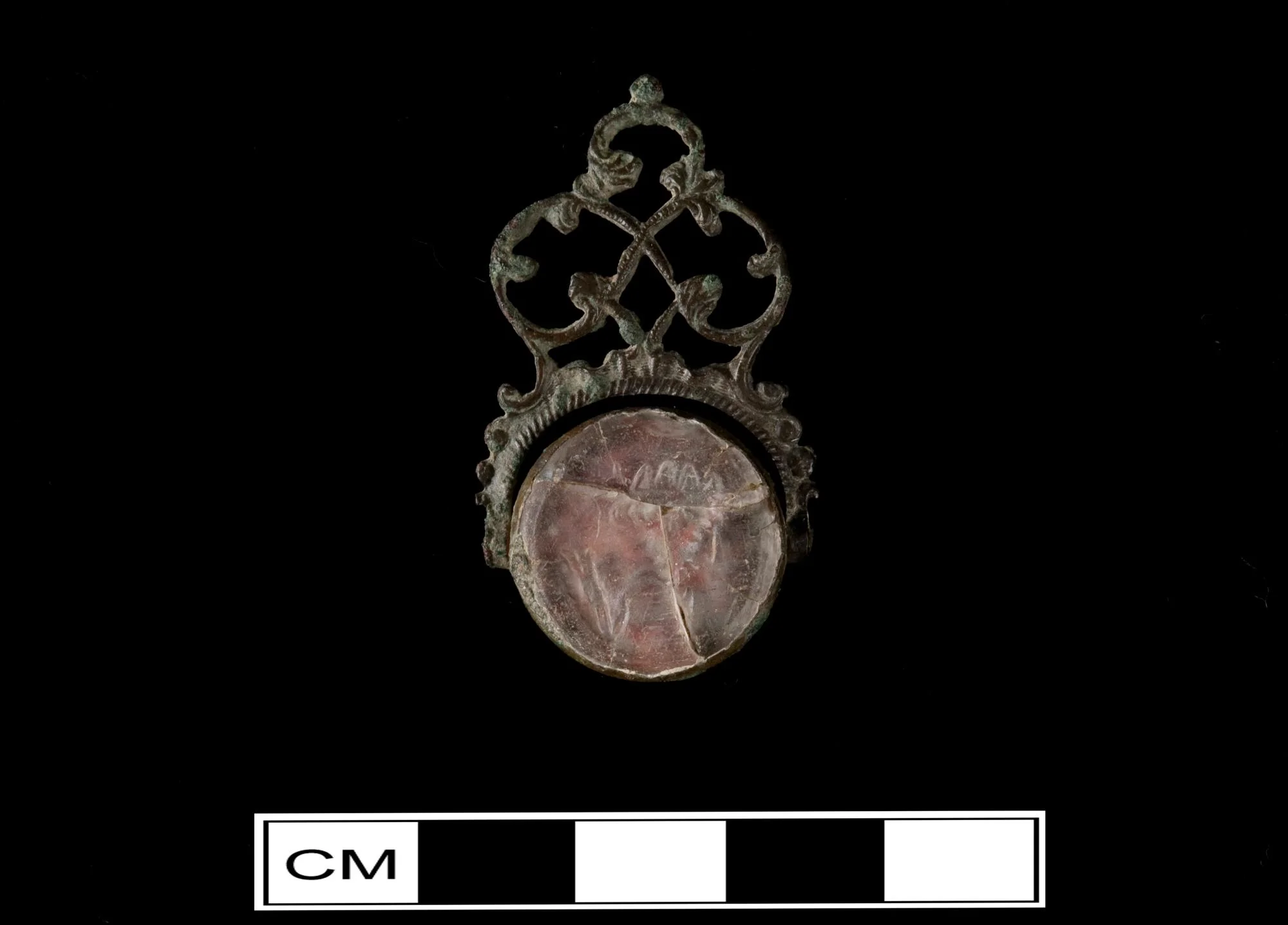
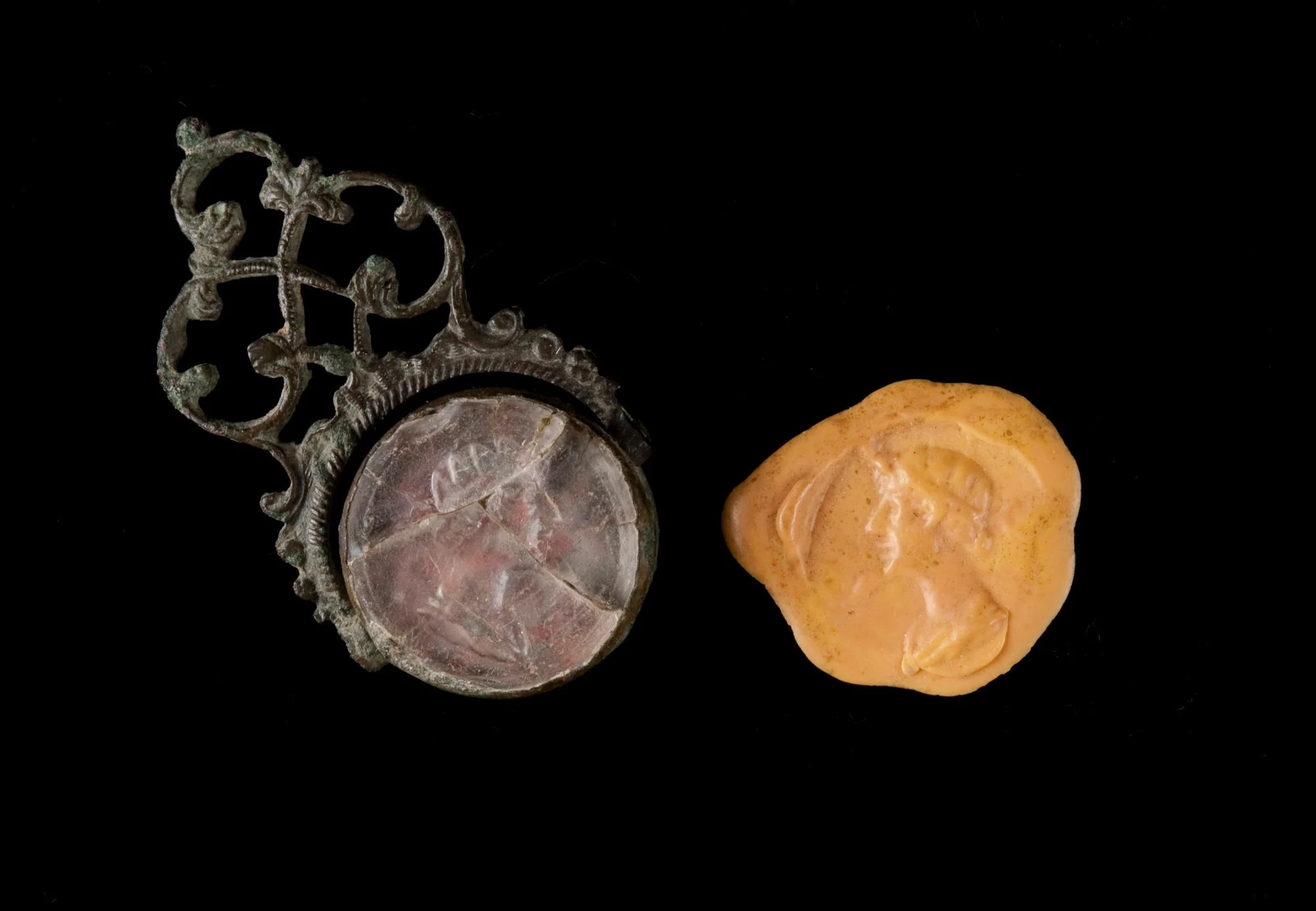
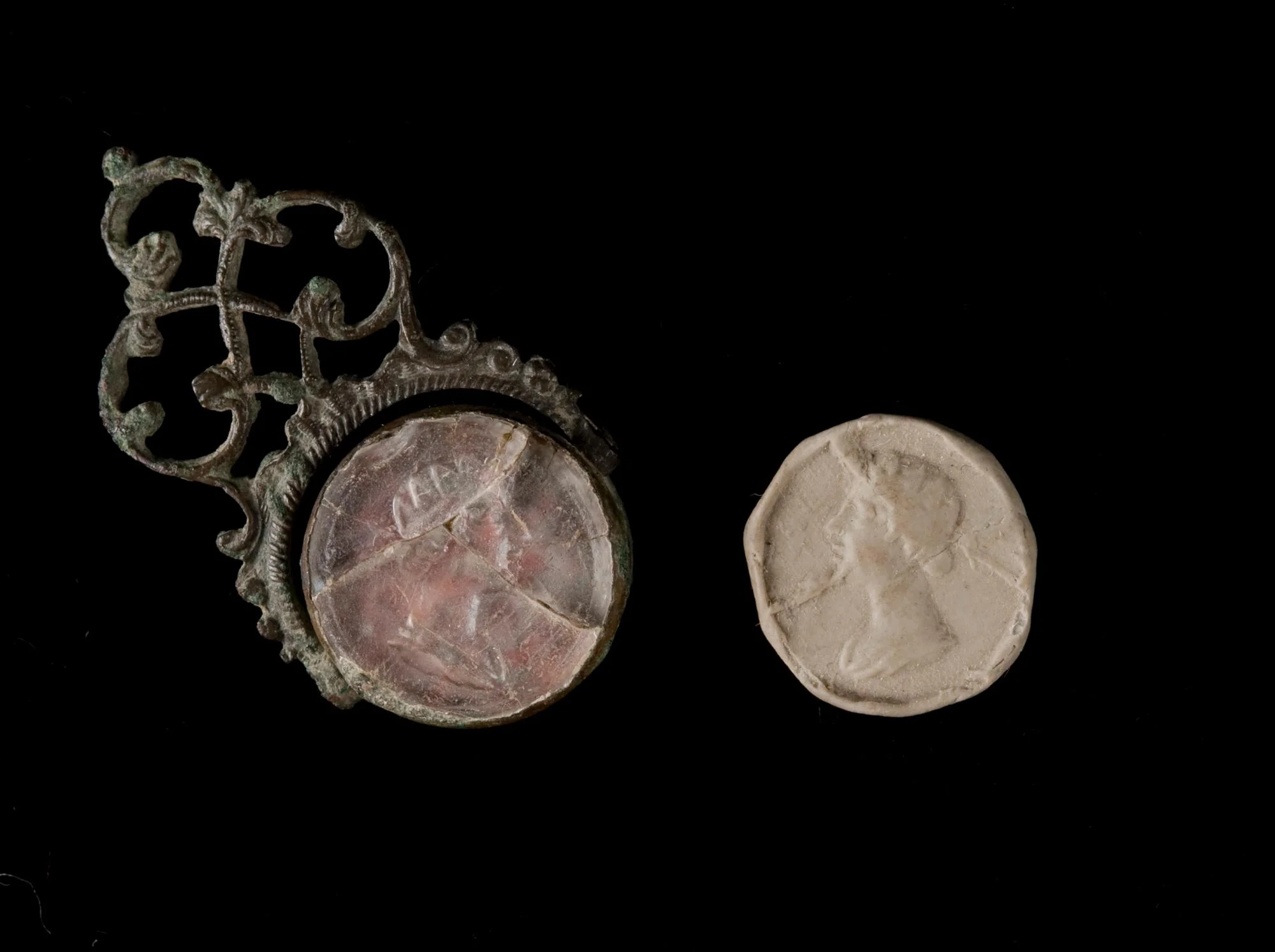
 All Other Artifacts
All Other Artifacts